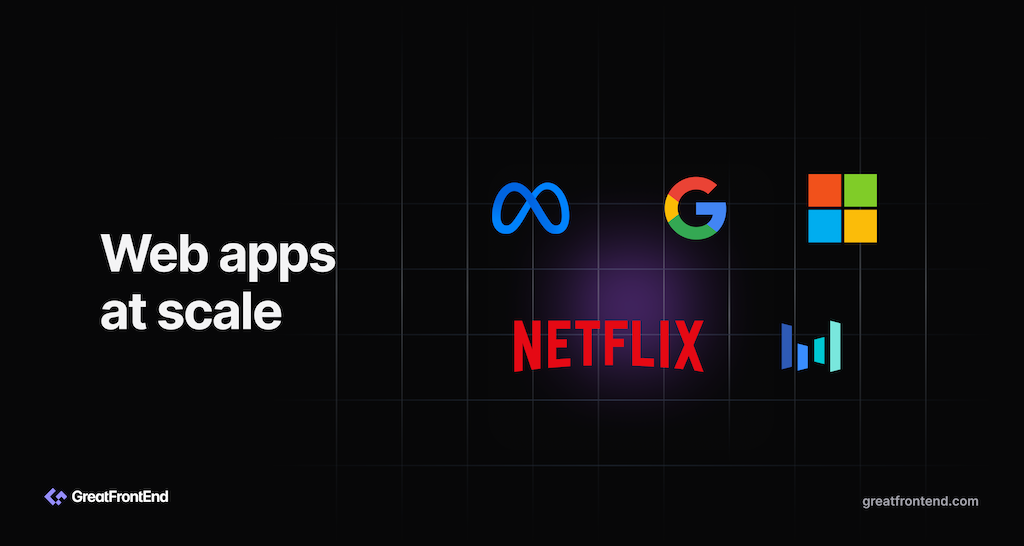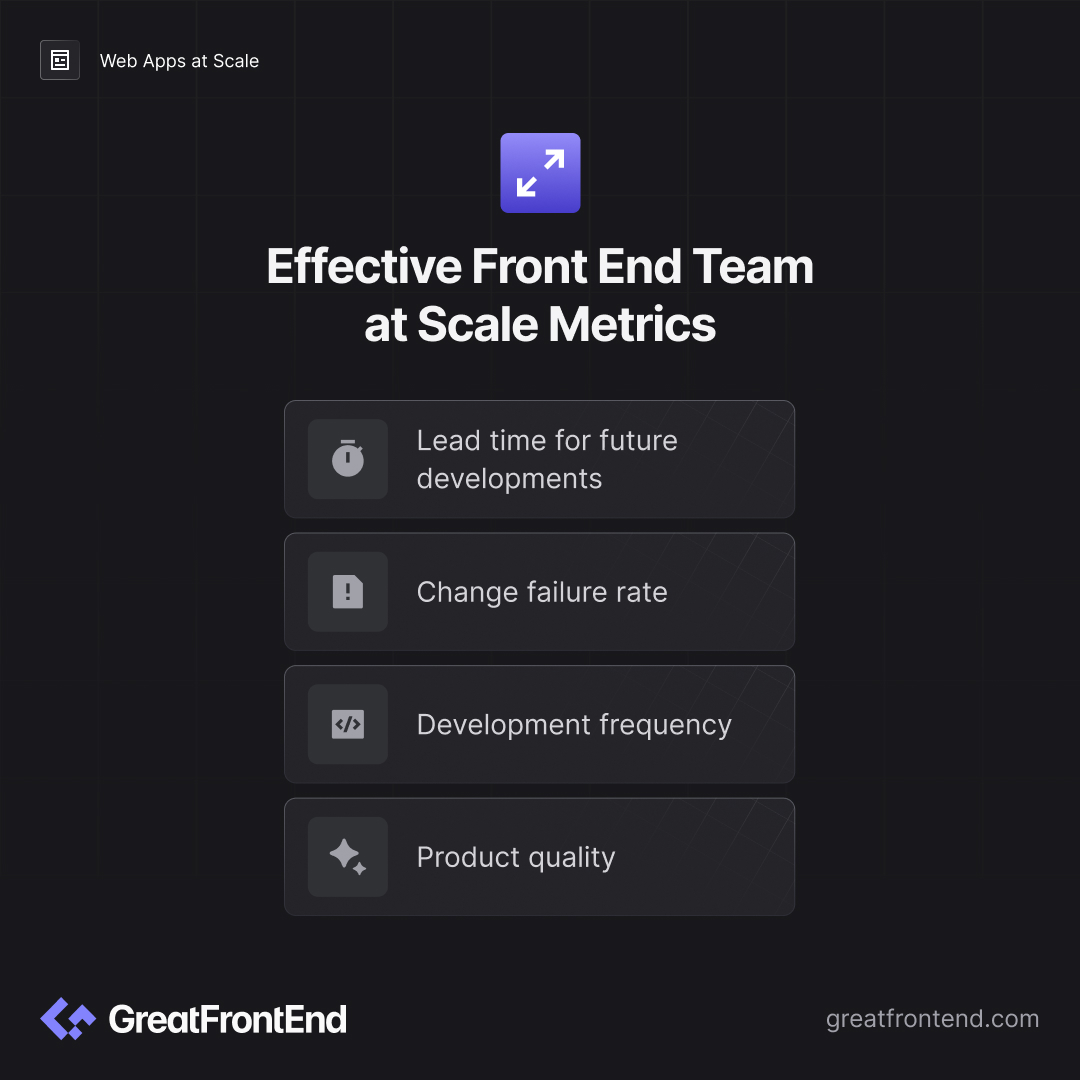Web Apps at Scale – Introduction
How thousands of engineers at big tech companies build web apps.
Meta (previously Facebook) is known for its social media platforms and used by a huge number of users and services. Meta's websites include facebook.com, instagram.com, messenger.com, whatsapp.com, threads.net, meta.com, and more and are used by billions of global users monthly.
Developing these websites consisting of thousands of pages by thousands of engineers is no simple feat. In this article, we will provide some insights of how big companies like Meta and Google handle front end development on such a large scale, the tools, methods, and strategies they use and how growing companies who face the same problems can adopt some of the approaches using alternatives in the open source ecosystem.
Aside from Meta's huge web user base, Meta is also an interesting company to look at because between 2015 to 2020, Meta was the forerunner of modern front end development with the creation of popular open source front end technologies like React, React Native, Flux, Jest, GraphQL, Docusaurus, Relay, Draft.js, Yarn, and more. It's fair to say that Meta had a significant impact on the modern front end ecosystem.
Disclaimer: I am no longer affiliated with Meta and this article does not represent Meta. Opinions and experiences are solely my own. I worked at Meta as a Front End Engineer from 2017 to early 2023 and things might have changed since then.
Who am I?
I am an ex-Meta Staff Engineer who led engineering teams to build meta.com and oculus.com. I was actively involved in the development of Meta's open source projects by creating Docusaurus 2, maintaining (and deprecating) Flux, and making small contributions to Lexical and Relay. Outside of front end development, I have also written multiple technical interview resources like Blind 75, Tech Interview Handbook, and Front End Interview Handbook, which have amassed over 100,000 GitHub stars.
Overview of Front End at scale
As a company grows, the number of features and number of engineers developing those features increase. Look at your company's front end code base and see:
- How many different JavaScript or CSS frameworks are being used?
- How many custom Button components have been built?
- How big is your utils folder and how many duplicate utilities are present?
- How many different React hook libraries are being used?
If there are too many to count, congratulations, you have just identified tech debt. These problems start to occur because:
- Existing solutions do not work for new problems.
- No recommended practices or standardized ways for doing the same thing.
- Different teams face similar problems.
As a result of the above, teams solve the problems for themselves, because it's much faster to solve their own problem than to solve it for everyone. What can also happen is that someone tries to solve it for everyone, but the solution isn't sufficient and the next person comes along to “improve” the solution for their own use case without understanding the use cases of others and ends up making things worse for everyone, often in subtle unnoticeable ways like performance degradations.
Duplicated code, different approaches to achieving a similar outcome, unusable existing solutions all contribute to tech debt. At scale and over a long period of time, tech debt that is seemingly small can compound and lead to disastrous business consequences like bugs, downtimes, and developer burn out. Thankfully, even small improvements will also lead to large benefits at scale when lots of products and people benefit from it.
Metrics to measure
Effective front end teams at scale score well on the following metrics:
- Lead time for feature development: The amount of time it takes to develop a feature, get it reviewed, and ship it to production.
- Deployment frequency: How often an organization successfully ships new releases to production.
- Change failure rate: Percentage of changes that cause a bug/failure in production.
- Product quality: Percentage of users having a good experience with the product. Does the website load fast enough? Does it mean the minimum accessibility standards? There are actually many ways to measure this, though they all have a varying level of subjectivity.
Caveats

It is important to know the nature of the organization you are in. Different types of organizations have different focuses and you should adapt your approach to the nature of the company and product. Tech debt and engineering scalability is not as important in certain companies for good reasons.
Be also aware of premature optimizations. Sometimes what you think is a problem might just be a minor inconvenience that is not actually a critical problem to solve right now. Without thorough understanding of the problem, solving a problem prematurely and having to revert it later costs more time overall.
As a Front End Engineer who mostly worked in product teams I'm not all that familiar with deployment infrastructure and the amazing product infrastructure work, so some parts will be glossed over.
Related articles
